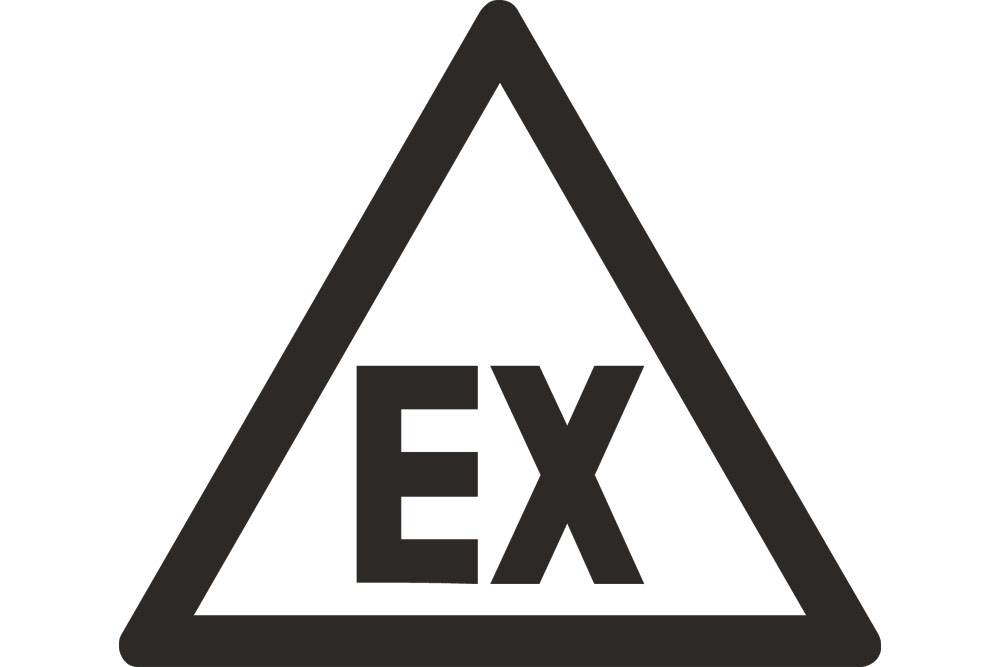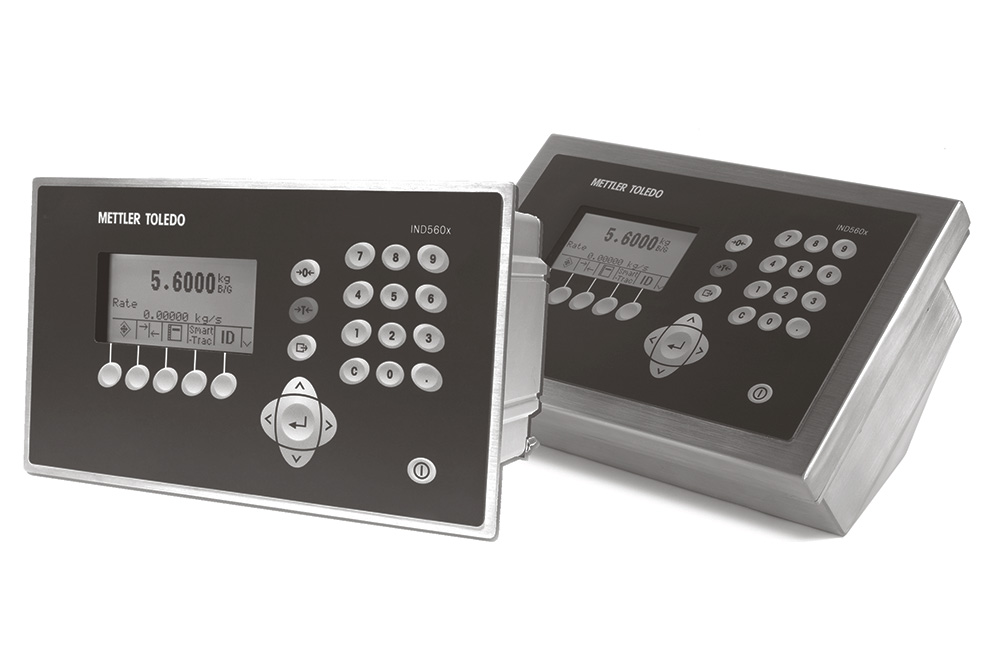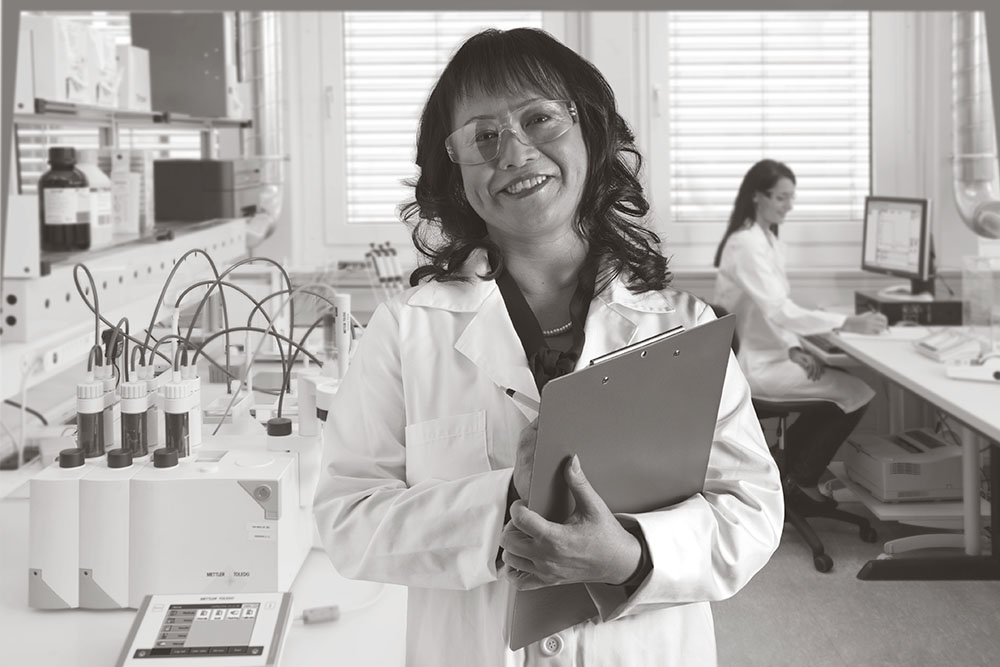High-Quality Hazardous Area Scales
Working in a hazardous environment is tough—and can expose your workers to potential harm if you don’t have reliable tools and processes in place. Weighing systems are often essential to hazardous area processes, whether manual or automated. In addition, weighing equipment and control terminals intended for use in dangerous areas must comply with extensive regulations. Appropriate protection and features are required for safe operation in potentially explosive environments.
System Scale’s hazardous area solutions offer a wide selection of safe and compliant weighing equipment, including balances, indicators, accessories, weigh modules, weighing platforms, and vehicle scales. We provide solutions for manufacturing, electrical work, chemical processing, and more.
Our Hazardous Area Scales

- Zone 1 and 21 or Division 1
- Zone 2 and 22
- Division 2
Intrinsically safe circuits often combine elements with the various safety levels. Depending on functionality and safety level classification, circuit elements can be applied either in hazardous or non-hazardous areas. This type of equipment is usually located in areas that:
- Are susceptible to grain dust
- Have combustible gasses
- Process pharmaceuticals
- House flammable liquids
- Are confined in space

For hazardous areas, like explosive atmospheres or chemical processing, intrinsic safety is key. When choosing the right weighing equipment for hazardous areas, consider:
- The right classification
- The appropriate method of ignition protection
Intrinsic safety is one of the most reliable protection methods. System Scale proudly offers a variety of Mettler Toledo products focused on creating systems with the highest level of accuracy, safety, and broad functionality, as well as low installation and maintenance costs.

Weighing is essential to many manufacturing processes, and hazardous areas require special attention. Though weighing system components may be both intrinsically safe and non-intrinsically safe, depending on the location and method of use, these systems must always comply with hazardous area safety regulations and allow for required communication.
For some needs, a standalone weighing system with relatively simple communication optionality is adequate. However, for other, more advanced applications with enhanced data communication requirements, the system configuration may need to be more complex. System Scale can partner with you to ensure all aspects of your weighing and measuring in the hazardous area are correct the first time.
Information & Resources
Let our experts at System Scale find the right hazardous area scale solutions for your business. Contact us to request more information or learn more from one of our dedicated sales engineers.
To learn more about hazardous area requirements, watch Hazardous Area Standards and Regulations.
Visit our Resources page for more information on Intrinsically Safe Weighing Platforms.